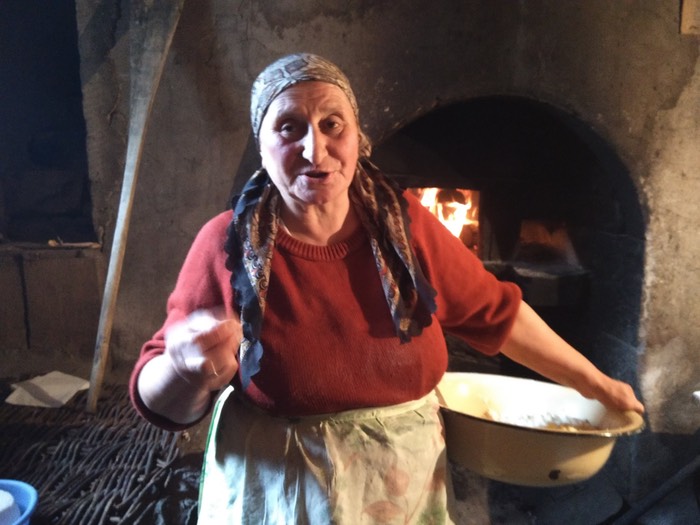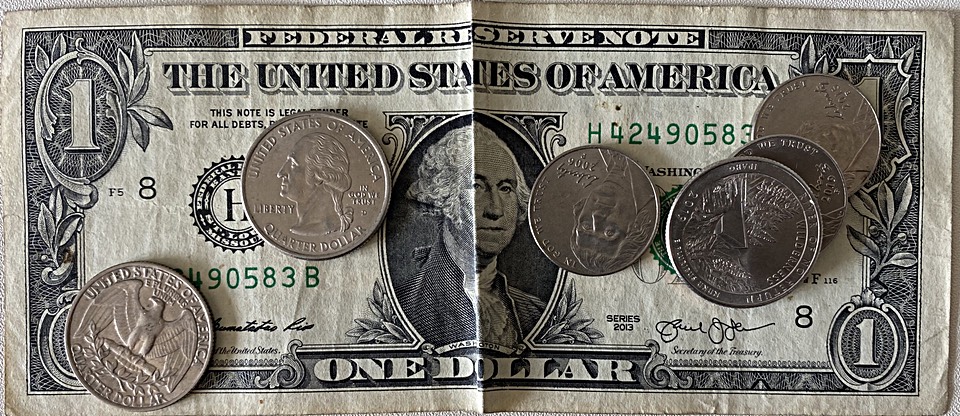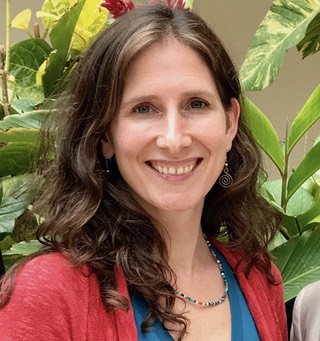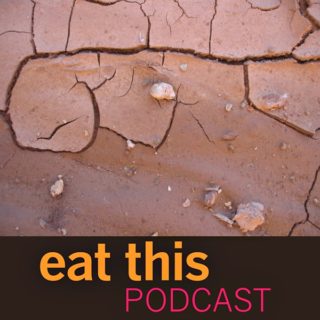Podcast: Play in new window | Download (Duration: 27:36 — 25.4MB)
Subscribe: Google Podcasts | Spotify | Android | RSS | More
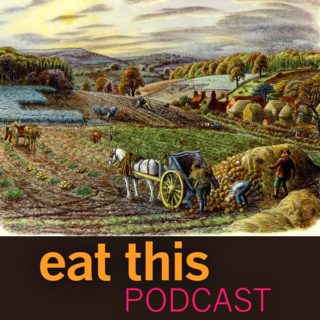
Colin Tudge has been writing about food and farming for a long time in a series of thought-provoking books. His latest is The Great Re-Think, which examines the current state of the world and sets out the steps needed to get to where he (and many other people) think we ought to be. They include skill and craft over automation, complexity over simplicity, and diversity over monoculture. The start, though, is to really think about what it is that we want our food system to provide.
A word about the pictures. They are from a Puffin book for children, Farm Crops in Britain, and are undeniably bucolic, rustic, from a bygone age. But that was only 65 years ago. The book was written by Sir George Stapledon, one of the great agricultural scientists of the early 20th century, who wrote at length about many of the same things that we talked about in this episode. I should do one on him.
Notes
- The Great Re-Think: A 21st Century Renaissance is available from Pari Publishing.
- Three places to find out more: The Campaign for Real Farming, the
Oxford Real Farming Conference and The College for Real Farming and Food Culture; all of which come under the umbrella of The Real Farming Trust. - Get tickets for the two-day online discussion of The Great Re-Think.
- There is a Henry George Foundation, “Promoting Economic Freedom Since 1929”.
- Illustrations by S.R. Badmin. I cobbled the banner together from a two-page spread.
- A transcript is available, thanks to the generosity of supporters. Please consider joining them.


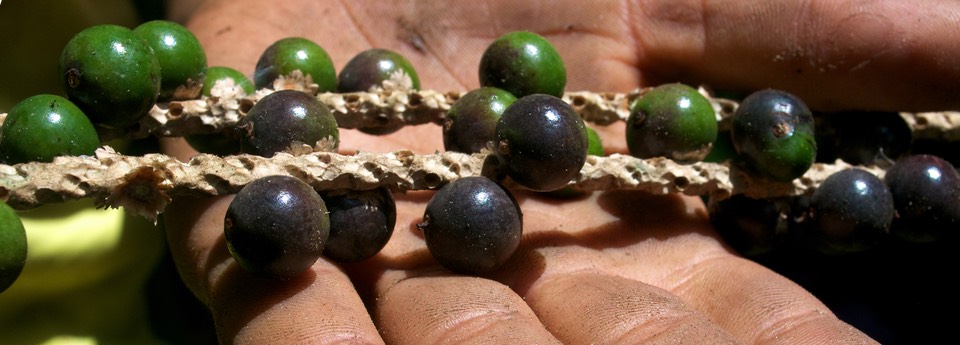
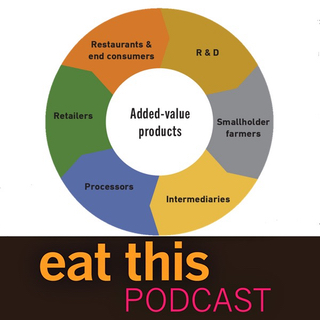 Açai, goji, chia. Pepino, mangosteen, rambutan. Quinoa, teff, fonio. Names to conjure with, especially if you’re in the business of selling food dreams. All of them have been touted at one time or another as being the next big thing. Superfoods that can cure all the ills that ail you. Many more mundane foods — chocolate, coffee, red wine — have mutated into functional foods, imbued with power to promote good health and fight disease.
Açai, goji, chia. Pepino, mangosteen, rambutan. Quinoa, teff, fonio. Names to conjure with, especially if you’re in the business of selling food dreams. All of them have been touted at one time or another as being the next big thing. Superfoods that can cure all the ills that ail you. Many more mundane foods — chocolate, coffee, red wine — have mutated into functional foods, imbued with power to promote good health and fight disease.
 Photographer, writer, traveller, cook, geographer, culinary anthropologist: Naomi Duguid is all this, and more. True, her books contain approachable recipes that have won awards and accolades from food-first organisations, like the James Beard Foundation and the International Association of Culinary Professionals. But they also offer sensitive insights into the lives of people far from her native Canada. Why do they prepare, cook and eat the foods they do? How does the way they live influence the way they eat, and vice versa? And all illustrated with her photographs, at once both informative and atmospheric.
Photographer, writer, traveller, cook, geographer, culinary anthropologist: Naomi Duguid is all this, and more. True, her books contain approachable recipes that have won awards and accolades from food-first organisations, like the James Beard Foundation and the International Association of Culinary Professionals. But they also offer sensitive insights into the lives of people far from her native Canada. Why do they prepare, cook and eat the foods they do? How does the way they live influence the way they eat, and vice versa? And all illustrated with her photographs, at once both informative and atmospheric. 